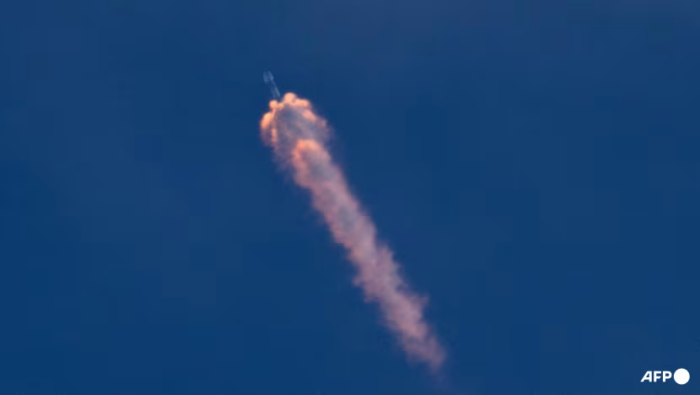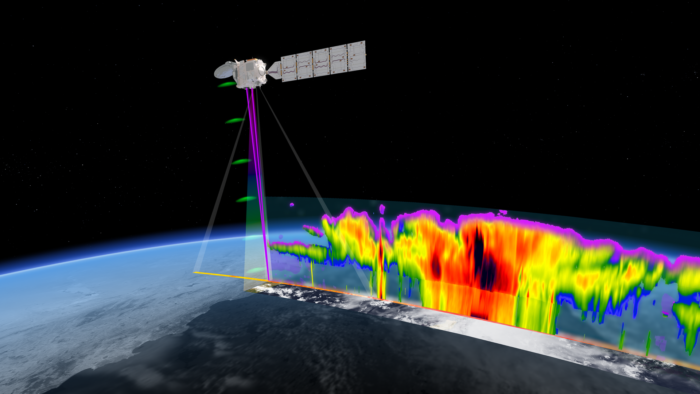EarthCARE satellite successfully launched

The EarthCARE satellite, which is poised to revolutionise our understanding of how clouds and aerosols affect our climate with its four state-of-the-art instruments, has been launched successfully.









